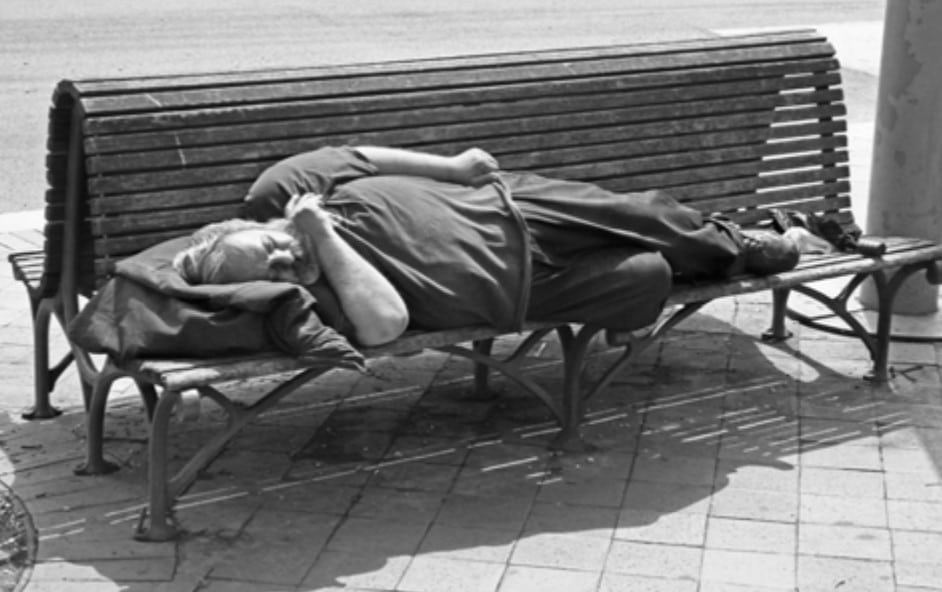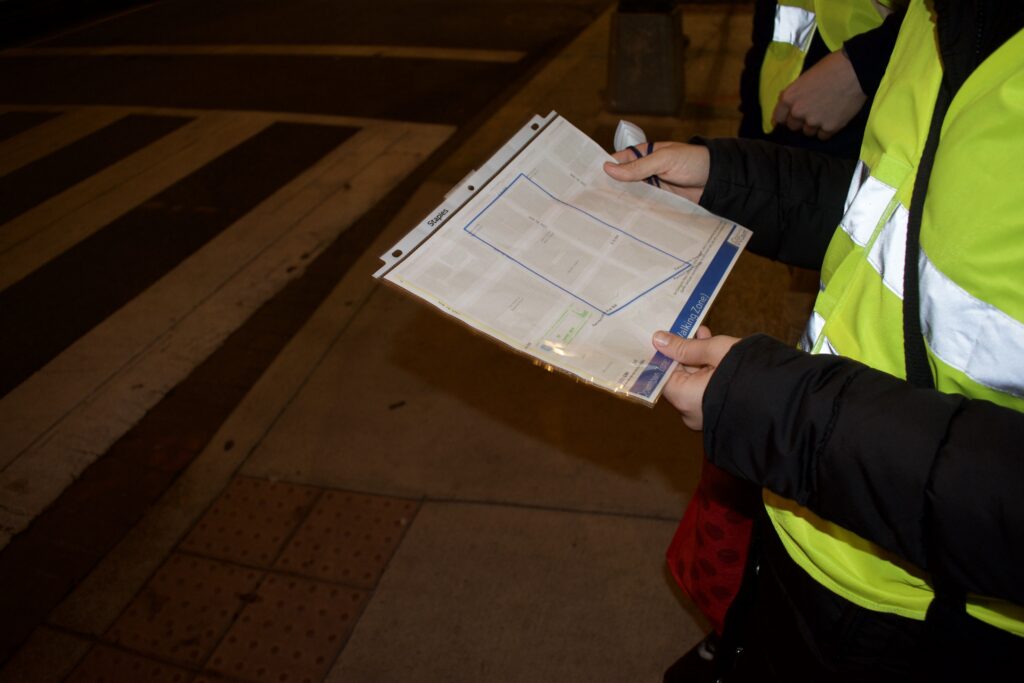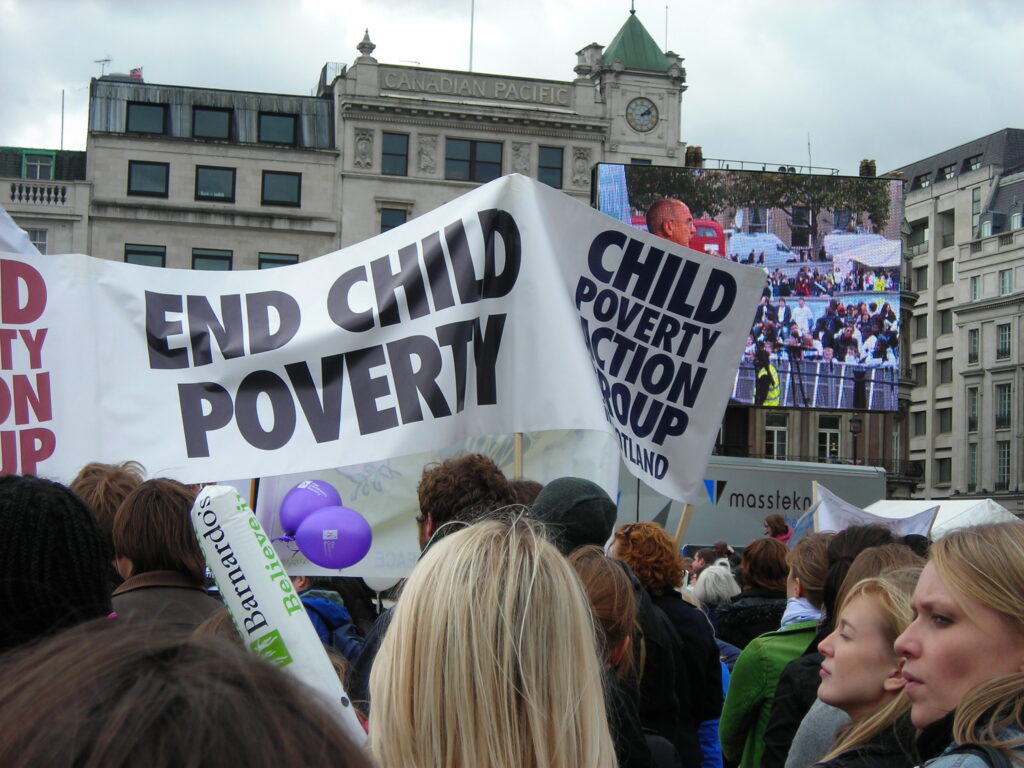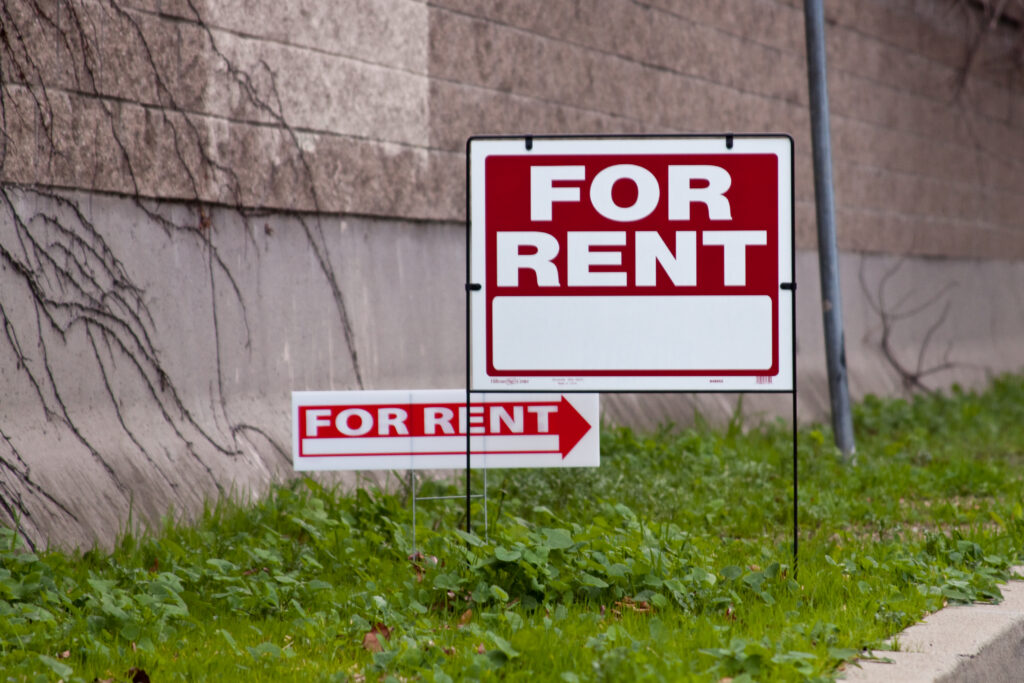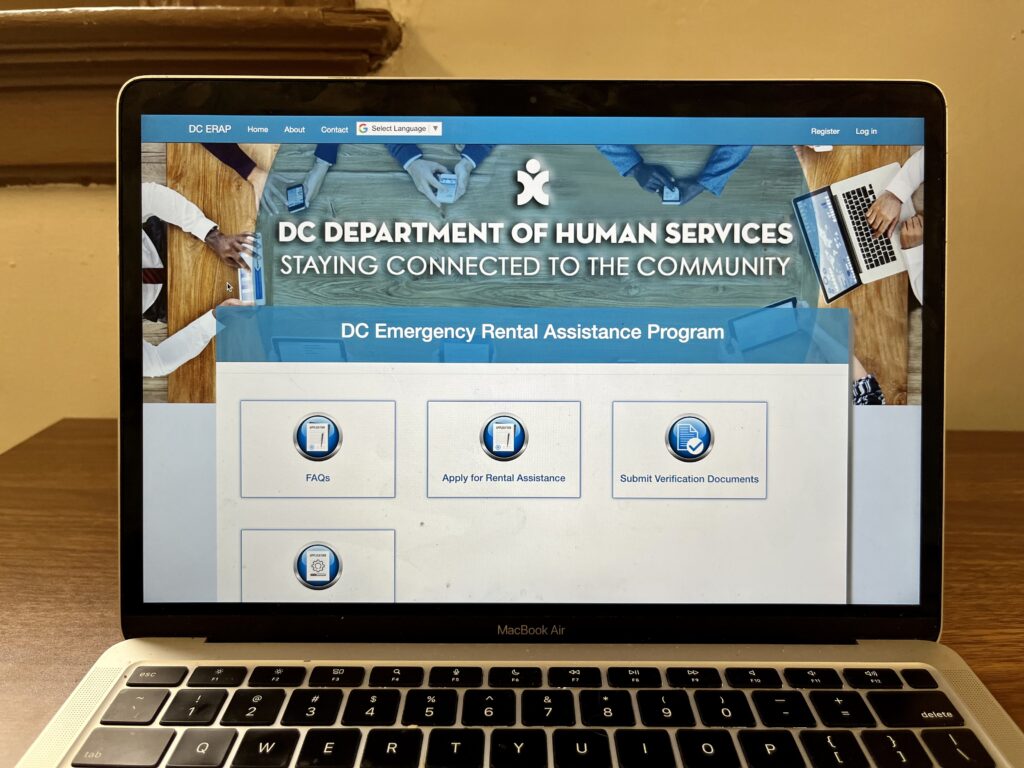Report indicates that attention needs to be given to chronic and unsheltered homeless individuals
High housing costs and the increasing unemployment rate caused experts to predict that the number of homeless individuals in the metropolitan area would have increased in 2009. A report about the annual point-in-time enumeration found that the number of homeless individuals decreased by 1.7 percent from 2009 in the D.C. region.

“On January 27, the Community Partnership for the Prevention of Homelessness called us and asked us how many people are in our shelters and our longer-term program for homeless youth to obtain the information about the number of children our organization serves,” said Jim Beck, development director at Sasha Bruce Youthwork. The numbers from this organization and other nonprofits throughout the metropolitan area, including nine counties in Virginia, Maryland and the District, were compiled and placed in the report issued by the Metropolitan Council of Governments on May 12. These numbers provide the public and policymakers with a one-‐day “snapshot” of the region’s homeless population.
“We’re counting people who are in shelters, transitional programs and other programs that are specifically dedicated to providing services to the homeless,” said Michael Ferrell, chairman of the Homeless Service Committee and executive director of the D.C. Coalition for the Homeless. Those living in permanent, supportive housing are not counted as currently homeless in the enumeration.

“We also attempt to count the unsheltered homeless, which is the most challenging aspect of the enumeration,” Ferrell said. “We have hundreds of volunteers go to places that we know people who are homeless frequent, but we cannot count who we cannot see or who we are not aware of.”
The report stated that D.C. experienced an increase in the number of homeless individuals, counting 6,228 people as homeless, including 800 families.
Unlike the District, the metropolitan area saw a decline in the number of homeless individuals counted in 2010 from 2009, counting 11,774 people as homeless. “People are generally of the mind that the numbers might have increased, but there are a couple of primary reasons why we did not see an increase,” Ferrell said. “The Homelessness Prevention and Rapid Rehousing Program (HPRP), a federal stimulus fund, was used for prevention efforts, which helped curb the potential increase in the number of homeless individuals.”
HUD spokesperson Brian Sullivan said Congress created HPRP to provide HUD with the resources to focus on preventing homelessness.
The Department of Community Development and the Department of Human Services are using the $7.5 million that the District received to provide financial assistance, housing counseling and legal services to the District’s residents who are struggling to afford housing costs. A total of $1.04 million is dedicated to homelessness prevention and $2.4 million is dedicated to providing rapid rehousing services. The report states that the District utilized HPRP funds to rehouse 25 homeless individuals and families and to prevent 200 individuals and families from becoming homeless.

“HPRP funds are intended to provide a resource that will get people over the hump that is in their way of stable housing,” Sullivan said.
The HPRP funds may have contributed to the slight decrease of homeless individuals counted in the metropolitan area, Sullivan said. “We like to think that this program is making a real difference on the streets across America.” The full extent of the program’s impact cannot be determined until the three-year program expires.
Another factor that may have contributed to the decrease of homeless individuals in the metropolitan area is that more permanent, supportive housing units were created. In the region, 6,739 formerly homeless individuals live in these units, which is a 30 percent increase from 2009, Ferrell said. These individuals are not counted as currently homeless in the enumeration.
The enumeration revealed that more attention should be given to unsheltered and chronically homeless individuals, according to David Pirtle, a recipient of a Section 8 housing voucher. Pirtle, 35, became homeless at age 29 when he was diagnosed with schizoaffective disorder, a disease that made it difficult for him to maintain a job and afford rent.
There are 2,097 chronically homeless individuals in the District, including 347 individuals who are unsheltered and 1,710 individuals who live in emergency and winter shelters. The report also counted 457 “literally homeless” individuals, who live on the streets.
“If we are focused on housing while the numbers of unsheltered and chronically homeless individuals are increasing, then that should be a red flag that there is a problem,” Pirtle said.
As of March 31, 2010, the District has only spent 7.75 percent, or $580,284, of their HPRP grant, below the national average of 18 percent. Pirtle thinks the District should use the remainder of this grant in a balanced manner to both prevent homelessness and address immediate needs of homeless individuals.
“You cannot only focus on housing,” he said. “There also needs to be a focus on prevention because, if there is only a focus on housing, for every one person helped, another two will need to receive assistance. It’s a three-legged stool. You need to simultaneously focus on prevention, housing needs and emergency shelter to address homelessness.”
The Homeless Services Planning and Coordinating Committee recommends that each of the region’s Continua of Care jurisdictions discern how to sustain their funds once federal funds expire so services can be maintained.
It is especially important to discern how to maintain funding for these programs because the scope of homelessness is larger than the report says it is, Pirtle said. “The point-in-time counts are always very low,” he said. “It is hard to count the literally homeless because their mission is to not be found by people. This year I was lucky because I found a homeless man who helped us find other homeless individuals on the night of the count.”
Pirtle was an unsheltered homeless individual during the first few years of his homelessness. He traveled from Arizona to New York City in hopes of having his needs met by the services provided there. “I didn’t know what to do when I got to New York City,” Pirtle said. “There’s no starter’s manual for homelessness.”
While there, he slept outside an abandoned building because he disliked spending time in a shelter with large numbers of people. One night while he was asleep, Pirtle was attacked by a group of teenagers with a bat. “This type of violence happens a lot to homeless people,” Pirtle said. “Teenagers sometimes do it just for the fun of it.”
After spending six months in New York City, Pirtle hopped on a train bound for Washington, D.C., where he found there was less space and resources allocated to deal with homelessness than in New York.
“I became all of the stereotypes that accompany the word ‘homeless,’” Pirtle said. “I would walk on the other side of the street from me.”
Pirtle lived on the streets for one year until he was arrested for stealing candy bars from museums on the National Mall. “I was lucky that I got arrested,” Pirtle said. “For the first time, someone noticed that I needed help.”
Pirtle received help in December 2006 when he was one of 25 applicants who received a Section 8 housing voucher that allows him to pay one-third of his income for rent while the government pays the rest. Pirtle can move to any location where the landlord will accept his voucher.
“I was lucky to receive a voucher because over 6,000 people applied,” Pirtle said. He now resides in a city-subsidized housing unit in Southeast D.C., and advocates for the rights of homeless individuals with the National Coalition for the Homeless. He also volunteers his time to serve homeless individuals and participates in the annual point-in-time enumeration.
“When I was a teenager, I had some stereotypes about homeless individuals,” Pirtle said. “I don’t want you to find out the hard way, like I did, that these stereotypes are not true. I want you to remember that there is someone like me on the inside of every homeless individual that needs a little help.”
D.C. residents interested in accessing HPRP funds should contact one of the following partner organizations to determine their eligibility:
Catholic Charities Southeast Family Center
220 Highway Place, SE
202-574-3472
Community of Hope
413 Girard Street, NW
202-232-7356 1616
7th Street, NW
202-232-0538
Housing Counseling Services
2410 17th Street, NW
202-667-7007
Virginia Williams Family Resource Center
920 Rhode Island Avenue, NW
202-479-2845
